-
-42%
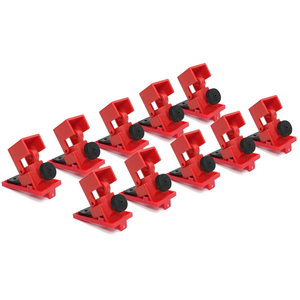
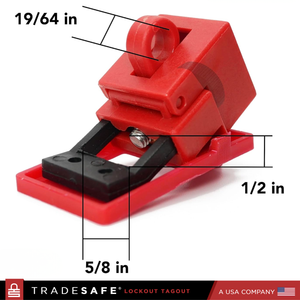
Clamp-on Circuit Breaker Lockout Device – 120/277 Volt – 10 Pack
Regular price $69.95Regular price$120.00-42%Sale price $69.95 -
-53%
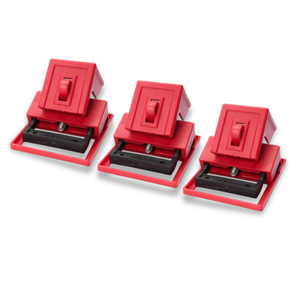
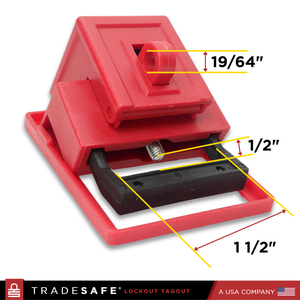
Clamp-on Circuit Breaker Lockout Device – 480/600 Volt – 3 Pack
Regular price $27.95Regular price$60.00-53%Sale price $27.95 -
-50%
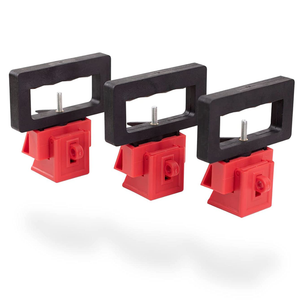
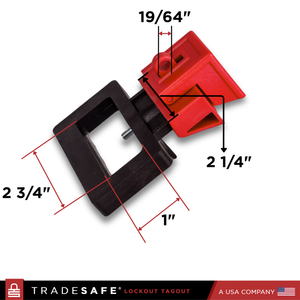
Clamp-on Circuit Breaker Lockout Device – Oversized 480/600 Volt – 3 Pack
Regular price $34.95Regular price$70.00-50%Sale price $34.95 -
Sold out
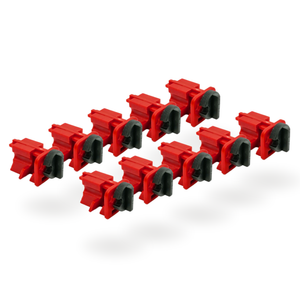
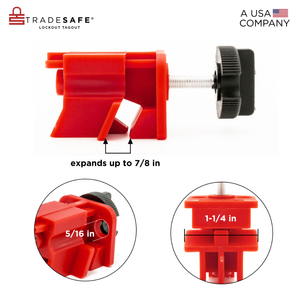
Universal Circuit Breaker Lockout Device - up to 7/8" Tie Bar – 10 Pack
Regular price $78.95Regular price$130.00-39%Sale price $78.95 -
-29%
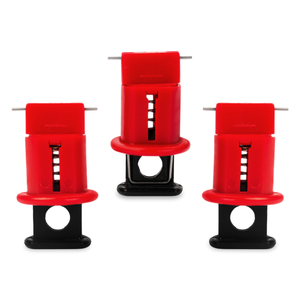
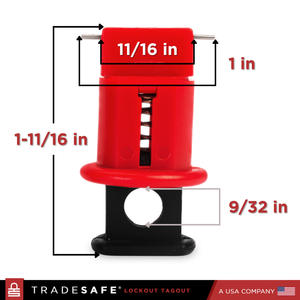
Miniature Circuit Breaker Lockout Device - Pin Out Wide (POW) - 3 Pack
Regular price $16.95Regular price$24.00-29%Sale price $16.95 -
-29%
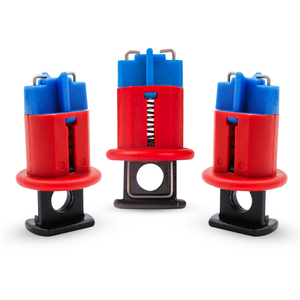
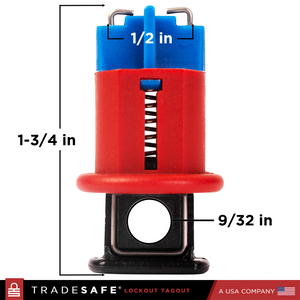
Miniature Circuit Breaker Lockout Device - Pin In Standard (PIS) - 3 Pack
Regular price $16.95Regular price$24.00-29%Sale price $16.95 -
-29%
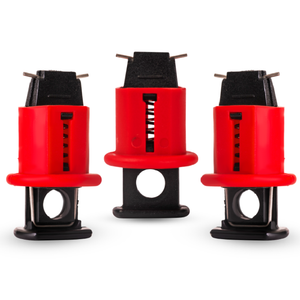
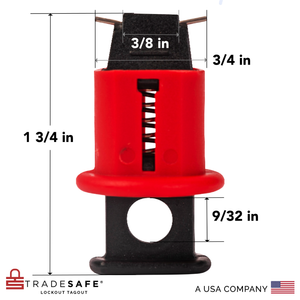
Miniature Circuit Breaker Lockout Device - Pin Out Standard (POS) - 3 Pack
Regular price $16.95Regular price$24.00-29%Sale price $16.95 -
-29%
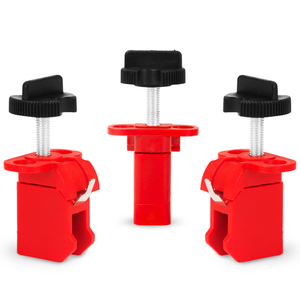
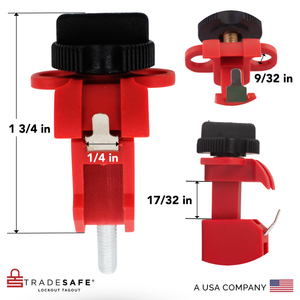
Miniature Circuit Breaker Lockout Device - Tie Bar Lockout (TBLO) - 3 Pack
Regular price $16.95Regular price$24.00-29%Sale price $16.95 -
-40%
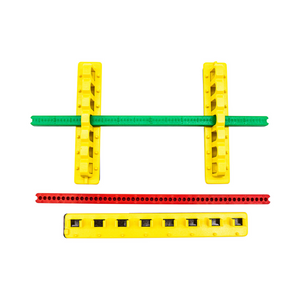
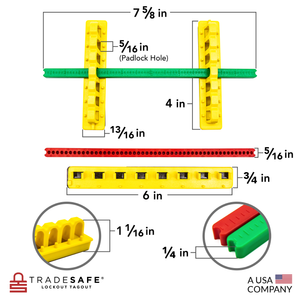
Circuit Breaker Lockout – Breaker Blocker Kit – 480/600 Volt
Regular price $29.95Regular price$50.00-40%Sale price $29.95
Keep maintenance personnel safe and prevent workplace accidents with the right lockout tagout circuit breaker locks. TRADESAFE has a premium-quality line of locks available for both miniature circuit breakers (MCBs) and standard circuit breakers.
Clamp-on circuit breaker lockouts can easily secure single-pole breaker toggles that are ⅝” to 2-¾” wide and ½” to 1” thick. Meanwhile, miniature circuit breaker lockout devices come in variations, including Pin-Out Wide, Pin-In Standard, Pin-Out Standard, and Tie Bar Lockout.
TRADESAFE circuit breaker lockouts can secure breaker switches quickly and effectively - no need to worry about costly or dangerous operational or human errors. These locks are made of industrial-grade, non-conductive, and corrosion-resistant materials, guaranteeing compliance with OSHA. Plus, they are easy to install and won’t require the use of screwdrivers or any other kinds of tools.


















